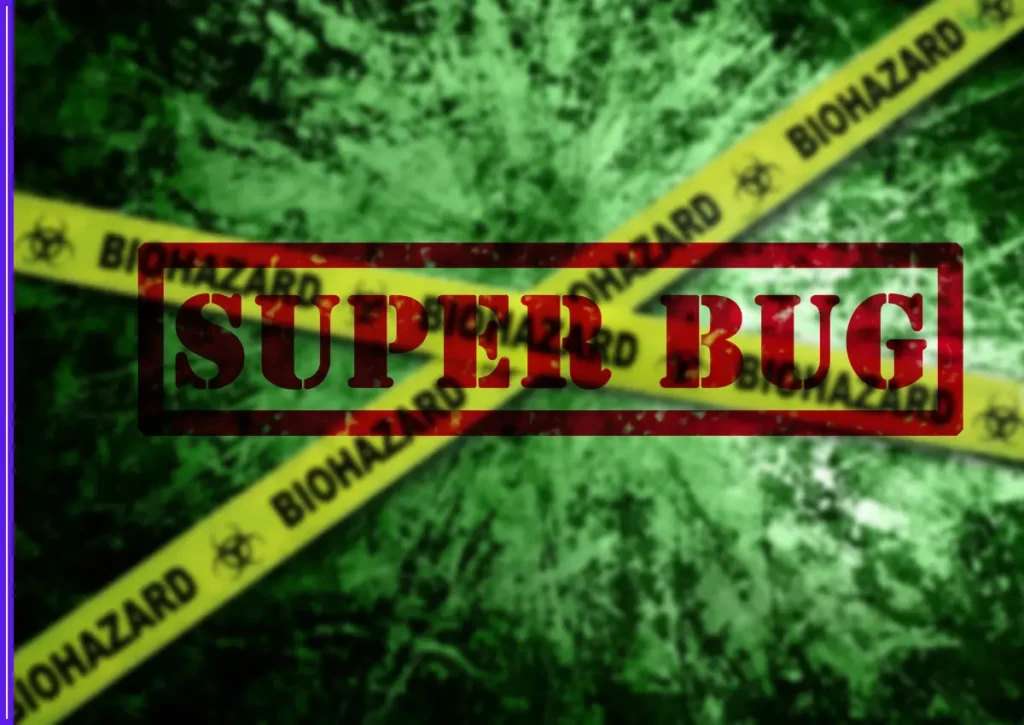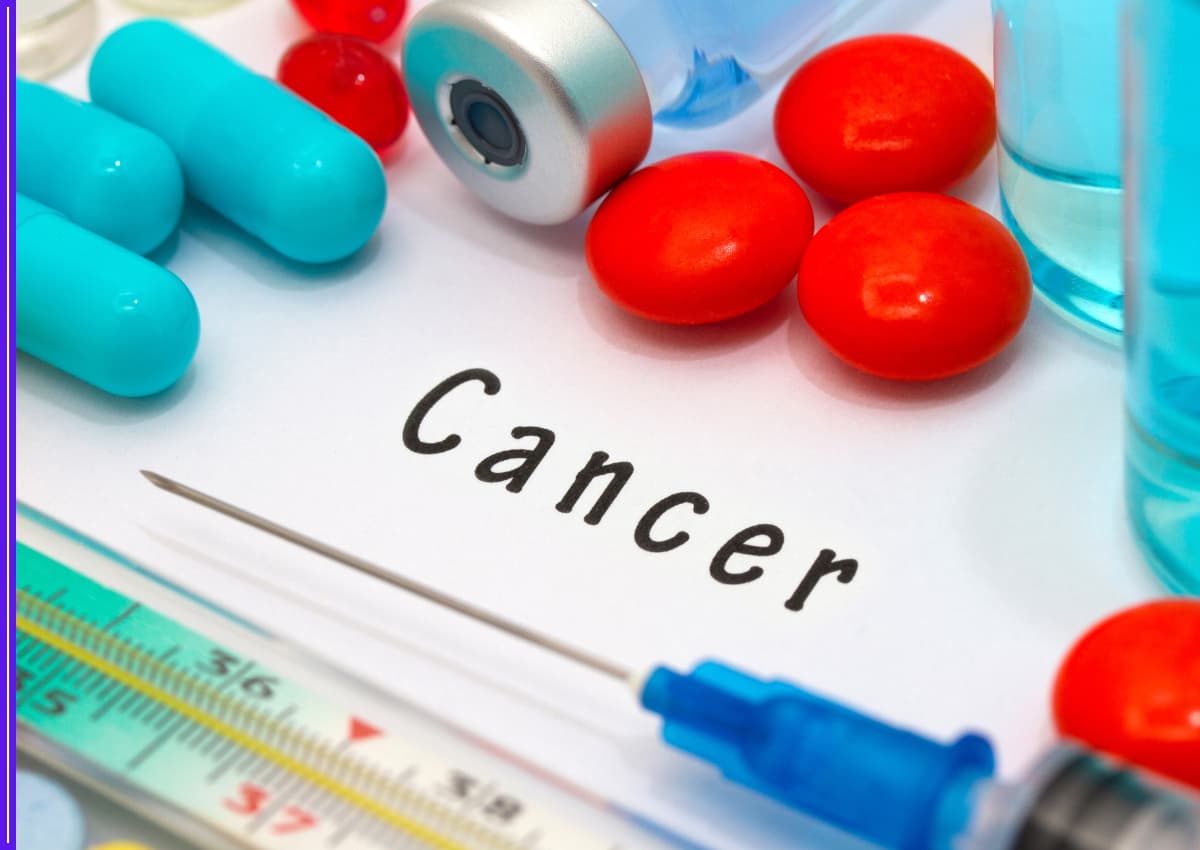The battle against infectious diseases has always been formidable, but recent developments have raised the stakes even higher. Superbugs, bacteria that have developed resistance to antibiotics, have been on the rise for years. Today, the next superbug threat is not a distant possibility—it’s already here, and it’s going to be even harder to overcome.
What Are Superbugs?
Superbugs are microorganisms, particularly bacteria, that have evolved to resist the drugs designed to kill them. Antibiotic resistance occurs when bacteria mutate over time, making antibiotics ineffective. These superbugs can spread quickly, particularly in hospitals, where vulnerable patients are more likely to contract infections. But they are also a growing concern in the wider community, presenting a serious public health threat.

The Growing Danger: New Resistant Strains
In recent years, scientists have discovered several new strains of bacteria that are resistant to multiple classes of antibiotics. These strains are not only resistant to older antibiotics but are often impervious to the newer, stronger medications developed as a last line of defense.
One of the most concerning emerging threats is the rise of Carbapenem-resistant Enterobacteriaceae (CRE), which are resistant to nearly all antibiotics. These bacteria can cause severe infections, including pneumonia and bloodstream infections, and are increasingly common in healthcare settings.
Another growing threat is the development of resistance in Neisseria gonorrhoeae, the bacteria responsible for gonorrhea. The rise of drug-resistant gonorrhea has left fewer options for effective treatment, and experts warn that without action, this could become an untreatable infection.
Why Is It Going to Be Harder to Overcome?
Several factors make the challenge of overcoming superbugs even more difficult today:
- Overuse and Misuse of Antibiotics: Overprescription and improper use of antibiotics in both healthcare settings and agriculture continue to fuel the rise of antibiotic-resistant bacteria. When antibiotics are used unnecessarily, or patients don’t complete their prescribed course, bacteria have more opportunities to mutate and develop resistance.
- Lack of New Antibiotics: The development of new antibiotics has slowed considerably in recent decades. Pharmaceutical companies face financial disincentives to invest in new antibiotics, given the high costs and limited market for these drugs. As a result, there are fewer effective treatments available to combat resistant bacteria.
- Global Spread: With the increasing interconnectedness of the world, resistant bacteria can spread across borders with alarming speed. International travel and trade facilitate the movement of pathogens, making it harder to contain outbreaks of resistant infections.
- Environmental Impact: The presence of antibiotics in the environment—through wastewater, agricultural runoff, and improper disposal of medications—further contributes to the spread of antibiotic resistance. This environmental contamination exacerbates the problem, making it a broader societal issue.
The Need for a Multidimensional Approach
To address the growing threat of superbugs, a comprehensive and global strategy is essential. Several key actions must be taken:
- Antibiotic Stewardship: Strengthening the regulation and proper use of antibiotics is crucial. Healthcare providers must prescribe antibiotics only when necessary, and patients need to be educated on completing their prescribed courses. This reduces the risk of bacteria evolving resistance.
- Research and Development: There is an urgent need for more investment in research for new antibiotics, vaccines, and alternative treatments. Governments and pharmaceutical companies must collaborate to incentivize the development of new drugs and explore novel therapies, such as bacteriophage therapy, which uses viruses that infect bacteria.
- Global Surveillance: To track the spread of resistant bacteria, global surveillance systems must be improved. This will help identify emerging threats early and enable quick, coordinated responses. Countries must also cooperate to implement effective containment strategies and share data on resistant infections.
- Environmental Regulation: More stringent regulations on the use of antibiotics in agriculture and the environment are necessary to prevent further contamination. Monitoring and regulating antibiotic usage in food production can help curb the spread of resistance from animals to humans.
Conclusion: A Growing Global Threat
Superbugs represent one of the most pressing public health crises of our time. While advancements in science and medicine offer hope, overcoming the next superbug threat will not be easy. A coordinated, global effort is required to reduce antibiotic misuse, develop new treatments, and safeguard our healthcare systems.
If we do not act quickly and decisively, we risk entering an era where once-treatable infections become life-threatening again. The fight against superbugs is not just a medical issue—it is a global health challenge that demands immediate attention and action from every sector of society.





